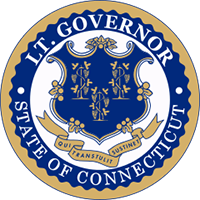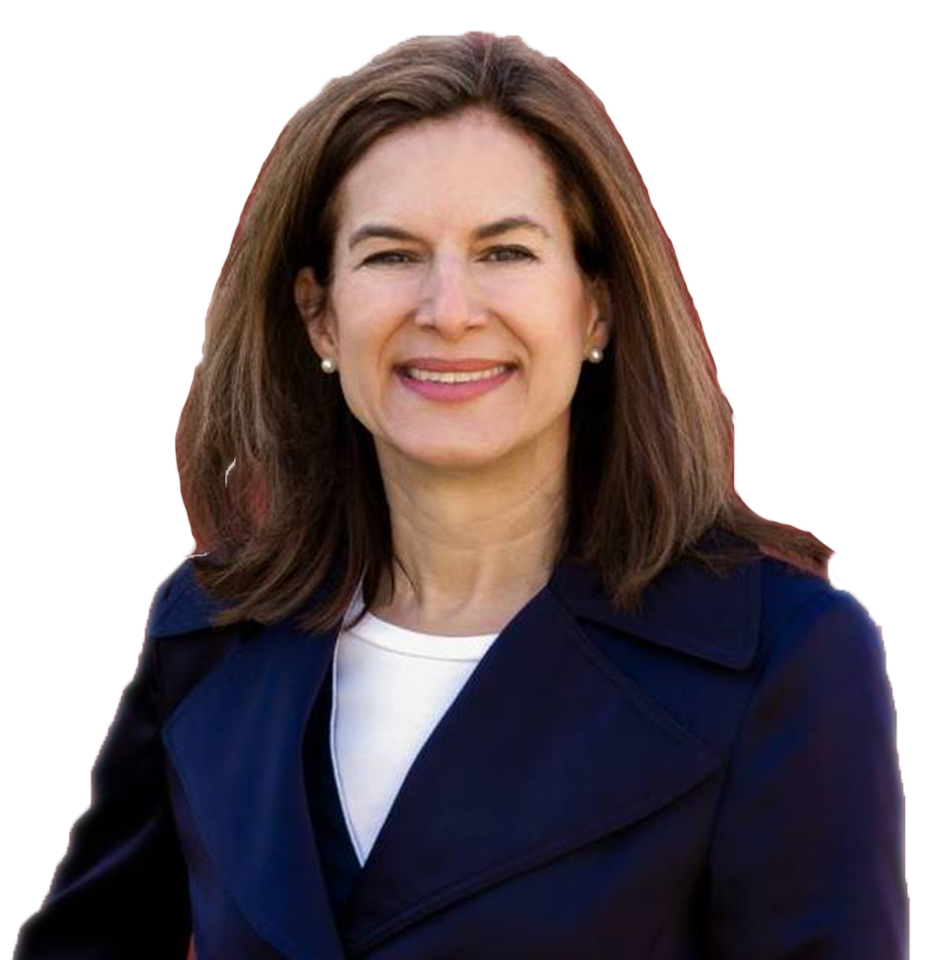Press Releases

06/09/2020
Lt. Governor Bysiewicz, BPRC and Complete Count Committee Co-Chairs Encourage Hard-to-Count Communities to Respond to 2020 Census
Responses to the decennial questionnaire helps to determine the allocation of billions in federal dollars and the state’s political representation
Lt. Governor Susan Bysiewicz today joined Chairman of the legislature’s Black and Puerto Rican Caucus state Rep. Brandon McGee and Complete Count Committee Co-Chairs Reps. Chris Rosario and Pat Wilson Pheanious in encouraging households in Connecticut’s hard-to-count communities to respond to the 2020 U.S. Census to help determine the allocation of billions in federal dollars and the state’s political representation.
“The 2020 U.S. Census is an economic and social justice issue, as well as a civil rights issue. Oftentimes, the most overlooked communities are the ones that are undercounted every 10 years. Not being counted is where disinvestment starts. Anyone who is concerned about healthcare inequality or the epidemic of structural racism in our country should stand up and be counted so their voice can be heard,” said Lt. Governor Bysiewicz. “A low census response rate means cities and towns will appear smaller than they actually are, and communities will involuntarily give up resources they depend on every day. Every household needs to respond to the 2020 U.S. Census. It takes less than 10 minutes to complete the decennial questionnaire, but responses will impact the next 10 years.”
“Connecticut has counted nearly two-thirds of its population, which while it’s good to know we’re continuing to stay ahead of the curve and are in the last stretch, this data doesn’t tell the full story,” said Rep. McGee,D-Hartford. “When you look at a district like mine, you begin to see the gaps. Hartford has recorded a 53 percent response rate, which is nearly 20 percent behind Windsor, a town that stands at just over 70 percent. In these final months, we need to lean on trusted sources, which can be local groups such as churches or neighborhood associations, that many in what are called ‘hard-to-count communities’ know and trust. It’s too important to sit the census out with 10 years of funding on the line. We need a complete count.”
Cities and communities of color have long been among the hardest to count populations for the U.S. Census.
Nationwide, the 2010 U.S. Census undercounted the African-American population by more than 800,000. Historically, African-American men have been undercounted in greater numbers than men of other racial or ethnic groups. Today, more than one in three African Americans live in hard-to-count census tracts.
Latino children are also among the most undercounted populations in the U.S. More than 56.5 million Latinos live in the U.S., and roughly one in three live in hard-to-count census tracts.
While the U.S. Census Bureau cannot share personally identifiable information with any other government agency, court of law or administrative proceeding, or private entity for any purpose, new arrivals and language barriers are all factors that have also contributed to an undercount among immigrant communities.
“An accurate census count is crucial to Connecticut receiving its fair share of federal dollars, especially in underserved communities,” said Rep. Rosario, D-Bridgeport. “This count is important — our state lost a congressional seat due to population decline after the last census. I thank Lt. Governor Bysiewicz for her dedicated work in all corners of our state to encourage participation and am pleased to join her in this effort.”
“The number of people counted directly determines political power, distribution of resources and accurate planning for everything from schools and hospitals to roads, parks and libraries. Every 10 years we try to get it right, but some folks consistently get undercounted — the youngest, and those who are variously disenfranchised—ironically the very ones who often need life supporting resources. Census undercounts don’t mean fewer people will use services—it means the services provided to people in the community will be inadequate to meet their needs. Completing the U.S. Census is one important yet very easy way to ensure you, your children and everyone in your household is counted,seen, heard, planned for and supported,” said Rep. Wilson Pheanious, D-Ashford.
The Census counts every person living in the country – citizens, noncitizens and green-card holders. Connecticut stands to lose approximately $2,900 for every person undercounted.
Connecticut’s response rate – 64.5 percent – also exceeds the national average. Nationally, 60.7 percent of households have responded to the 2020 U.S. Census since invitations began arriving in mailboxes in mid-March, according to the 2020 U.S. Census website.
The 2020 Census is open for self-response online at 2020Census.gov, over the phone by calling 844-330-2020, and by paper through the mail. Residents who do not have their unique 12-digit number can still complete the census online or by phone at 2020Census.gov.
The U.S. Census Bureau is also providing the Internet Self-Response Instrument and Census Questionnaire Assistance in 12 non-English languages; enumerator instrument, bilingual paper questionnaire, bilingual mailing, and field enumeration materials in Spanish; and language guides, language glossaries, and language identification card in 59 non-English languages.
Contact
Samantha Norton
Director of Communications
Samantha.Norton@ct.gov


